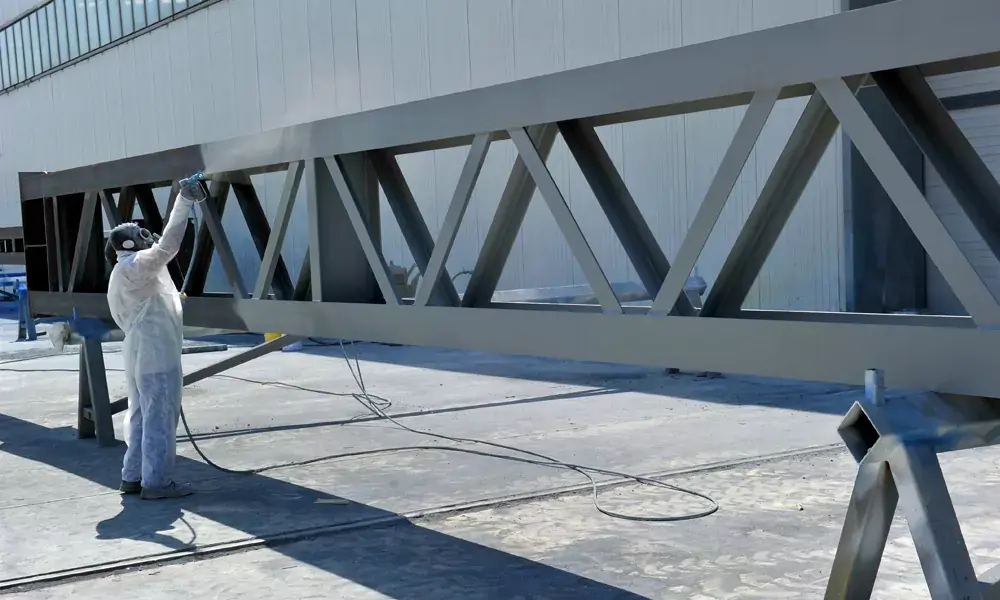The custom metal fabrication process ranges from simple to highly complex. The time and steps required are entirely dependent on the needs of the project. At Jones Metal, we feel that part of being an exceptional partner to our customers is having the capacity to handle as many of those steps as possible. That’s why we’ve invested in the equipment, facilities and expertise necessary to offer a variety of high-quality metal fabrication finishing options.
Here, we’ll discuss some of the most popular finishing services we offer, and how they can affect the final product.
METAL COATINGS
Many different types of metal coatings exist. Choosing one comes down to the type of metal in question and final properties desired. The most common metal coatings are:
- Anodizing – An electrochemical process that results in an anodic oxide finish. Commonly used for aluminum, though methods exist for other metals including ferrous metals. Anodizing can incorporate dyes for a custom color finish.
- Electroplating – An electrochemical process that coats one metal in a thin layer of a different metal. It can achieve a variety of effects, depending on the coating metal used. These include improved appearance, abrasion resistance, corrosion resistance, improved electrical conductivity and more.
- Galvanizing – Used to give steel or iron a protective coating of zinc. The steel or iron is submerged into a molten hot bath of zinc. Once in place, the zinc coating provides decades of robust protection.
- Powder Coating – A dry powder, typically composed of a combination of resin and dyes, is applied electrostatically to a metal surface. Then, heat or UV light is used to cure the surface. The resulting finish is typically tougher than conventional paint, while still allowing for a wide range of colors.
- Liquid paint – Liquid painting systems have a large part capacity. Liquid painting also produces a thinner layer than powder coating, making it a good choice where tolerances are particularly tight.
SHEET METAL ASSEMBLY
Choosing an assembly process depends on multiple factors. The components, how they are designed to fit together and the final use case are all important considerations. Some of the most common assembly processes include:
- Welding – Components made of the same metal are melted together using high heat. The result is in an extremely strong bond. Jones Metal has exceptional expertise in this method of assembly, evidenced by extensive certifications.
- Riveting – Components are joined via metal fasteners. We drive the fasteners through pre-drilled or punched holes. Then we flatten the fasteners to form a secure bond. Riveting is typically faster than welding. It also works to hold different types of metal together. However, the final bond is not as strong and a smooth finish is not possible.
- Threaded Fasteners – Components are held together by installed hardware. The hardware must be of the same hardness or harder than the metal components. Otherwise, it can get damaged during assembly.
TUBE BENDING AND CUTTING
This process adds curves and angles to linear metal tubes and bars. It’s a common method for making railings and frameworks. Tube bending and cutting can be a final finishing step, or followed by assembly and coating processes. Copper, aluminum and steel are the most common metals used in this process.
JUST THE BEGINNING OF FINISHING
While these three methods are among the most popular metal fabrication finishing methods chosen by customers of Jones Metal, they’re far from the only processes we offer.

